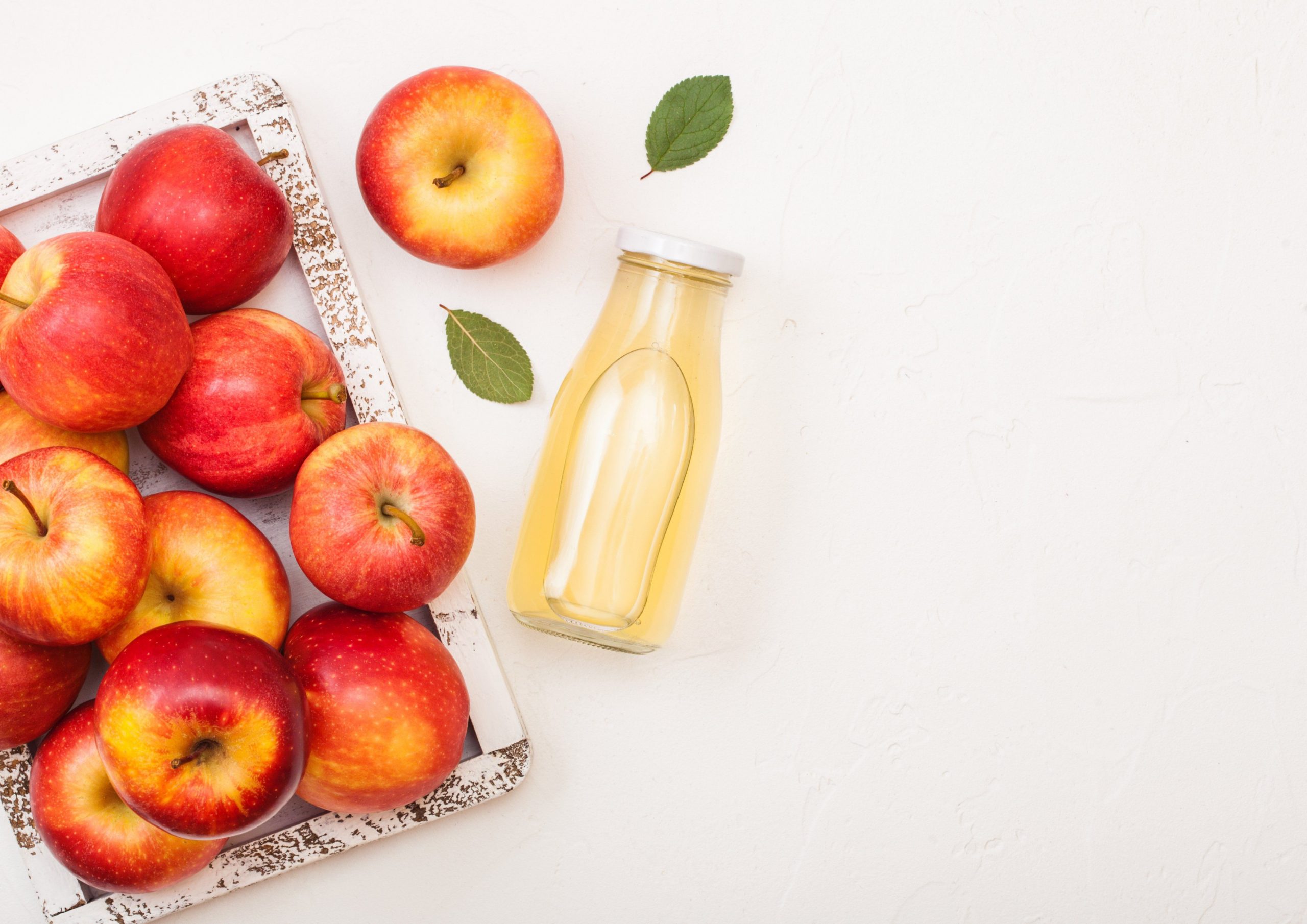
Federal regulators have finalized new guidance on how much inorganic arsenic can be present in apple juice, in an effort to limit the exposure of infants and young children to this environmental contaminant.
What is the new limit? 10 parts per billion, a number first proposed in 2013.
“We are finalizing an action level of 10 ppb because we consider this level achievable with the use of good manufacturing practices,” the FDA added in a news release announcing the guidance.
While the limit isn’t a requirement for manufacturers, the agency said it hopes the guideline will serve as encouragement. While some apple juice samples have tested at 3 ppb and 5 ppb, others are above 10 ppb.
It’s also possible that the guidelines will be lowered over time.
“As lower arsenic levels are more protective of public health, we expect to revisit this action level as part of the FDA’s Closer to Zero action plan,” the FDA noted.
Many manufacturers already meet the 10 ppb level, CNN reported, citing Consumer Reports and its 2018 test of fruit juices.
“All but one of the juices in CR’s tests had inorganic arsenic levels below the FDA’s 10 ppb limit, and 58 percent had levels below CR’s recommended cutoff of 3 ppb,” Consumer Reports said in a statement to CNN.
Brian Ronholm, director of food policy for Consumer Reports, said the limit should be at 3 ppb and not just for apple juice.
Still, Ronholm supports the FDA setting limits, CNN reported.
“It is encouraging that the FDA has recently undertaken a renewed focus on addressing food chemicals and heavy metals,” he said. “Hopefully, the FDA will continue to focus on these issues and monitor and take action if they find troubling levels of inorganic arsenic in apple juice.”
While organic arsenic appears in fish and shellfish and isn’t harmful to human health, inorganic arsenic is in the soil, sediment and groundwater. These compounds were used for paint manufacturing and pest control and are not benign, CNN reported.
More information
The U.S. Centers for Disease Control and Prevention has more on arsenic.
SOURCE: U.S. Food and Drug Administration, news release, June 1, 2023; CNN
Source: HealthDay
Copyright © 2024 HealthDay. All rights reserved.

Leave a Reply